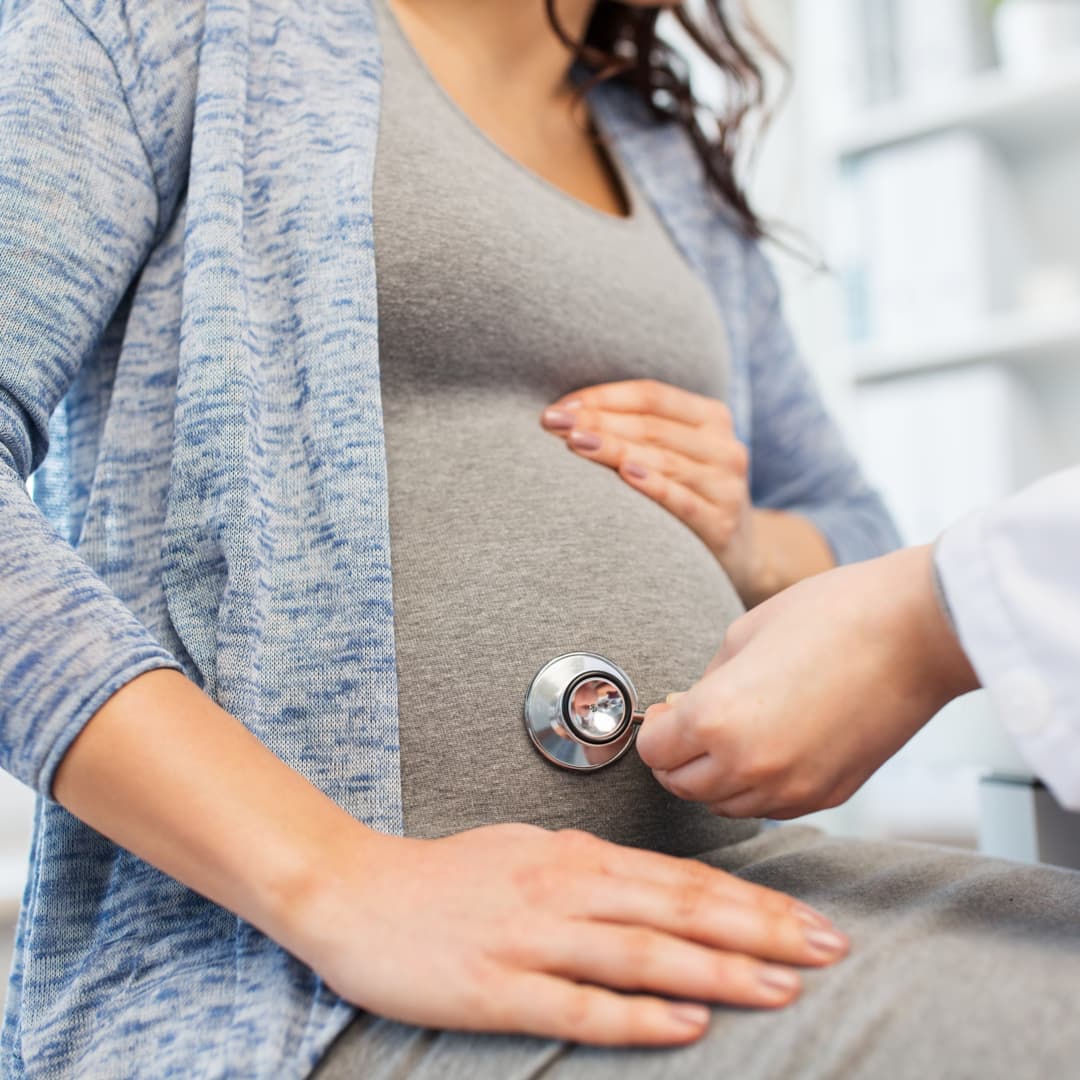Braxton Hicks contractions aren’t an indication of labor- so what are they? Do all expecting mothers experience these pre-labor contractions? Why do they occur? Dr. Molly Thompson, Family Medicine and OB Physician at Pullman Regional Hospital’s Family Medicine Residency Center, takes the mystery out of this common pregnancy experience.
In what month of pregnancy do Braxton Hicks contractions usually begin/occur?
Usually, Braxton Hicks contractions are not felt until the second or third trimester of the pregnancy, but they are thought to begin very early in pregnancy. Towards the end of pregnancy, they tend to occur stronger and more frequently.
What is happening during Braxton Hicks contractions?
Dr. Thompson says these are “practice contractions” that help teach the uterine muscle to squeeze and then relax. They are the body’s way of preparing for labor, but are NOT indicative that labor has begun or is going to start. Braxton Hicks are irregular, unpredictable, and not rhythmic. A differentiation between Braxton Hicks contractions and labor contractions is that Braxton Hicks contractions do not cause dilation of the cervix and do not culminate in birth.
“They can be uncomfortable but are not intensely painful—often described as similar to menstrual cramping,” says Dr. Thompson.
Do all expecting mothers experience Braxton Hicks contractions?
Turns out, they’re more common than you may have thought! Braxton Hicks are present in all pregnancies, but every woman’s experience is different. Some women are aware of them early, and others really only notice them towards the very end of the third trimester.
What are the differences between Braxton Hicks contractions and true labor?
Dr. Thompson notes that for expecting mothers, especially if this is their first pregnancy, it can be jarring to feel contractions- Braxton Hicks or true labor. Some ways to tell the difference between the two types of contractions are:
- True contractions come at regular intervals– every few minutes and get more frequent over time. Braxton-Hicks contractions might come every few minutes, but they don't get more frequent.
- True contractions get stronger and more painful over time; Braxton-Hicks contractions do not.
- True contractions don't go away, even when you rest. Braxton-Hicks contractions usually go away when you rest.
- True contractions might be felt in your back and front. Braxton-Hicks contractions are usually only in front.
What can help ease discomfort from Braxton Hicks contractions?
There is no medical treatment needed for Braxton Hicks contractions, but there are things that can be done to ease the discomfort:
- Change position or activity level—if you’re being active when they start, rest. If you have been resting, get up and walk around.
- Relax—take a warm bath, read a book, take a nap, listen to music.
- Drink water— it is very important to rehydrate as dehydration can trigger Braxton Hicks.
- Void or have a bowel movement—a full bladder can trigger these contractions.
When should someone contact their doctor?
Call your primary care physician or obstetrician if you think that you are in labor (contractions every few minutes, getting more frequent, not going away, getting more painful, etc). You should also call if any of the following things happen:
- You have blood, mucus, or fluid leaking from your vagina.
- You have six or more contractions in an hour (This means that your contractions are 10 minutes apart or less).
- Your contractions are getting stronger and are painful- to the point you’re unable to “walk through” the pain
- You’re experiencing a noticeable change in fetal movement (less than 10 movements every 2 hours)
If you’re expecting, looking for an obstetrician, or want to have a conversation about family planning with a physician, Dr. Molly Thompson and Dr. Drue Webb at the Family Medicine Residency Center are accepting new OB patients. Visit www.pullmanregional.org/residency-center or call (509) 336-7720 to establish care for yourself and your growing family.
Sources:
